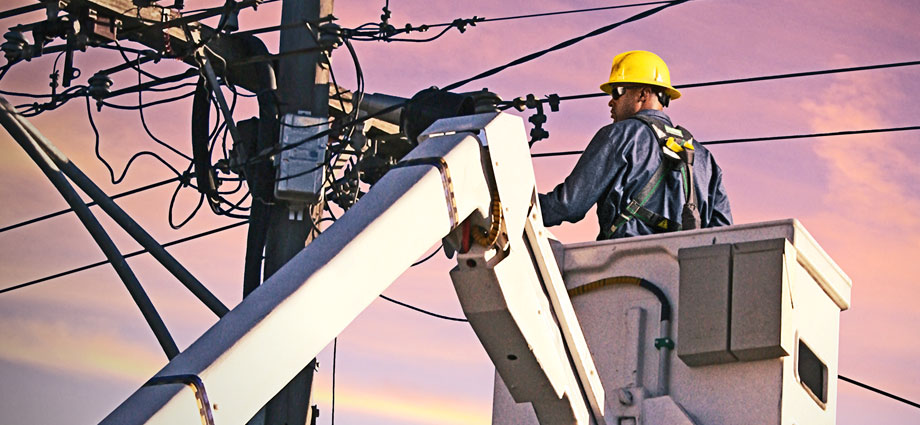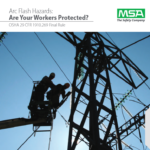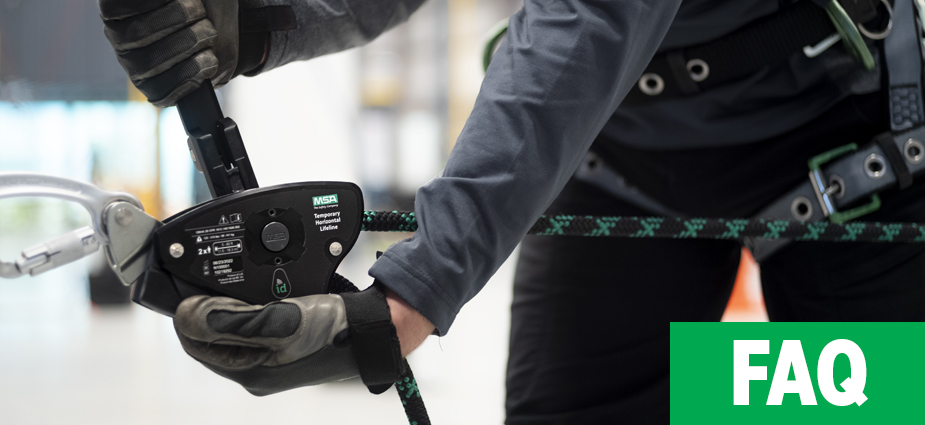
Dangerous. Violent. Deadly. No, this isn’t the tagline for this past summer’s blockbuster, but a description of a very serious threat to anyone working around energized electrical equipment.
An arc flash, which is a lightning bolt–like release of heat and energy caused by an electrical fault, can lead to extensive damage to property and risk of injury and death to people.
Getting to know what arc flash is, what causes it, and what you can do about it can put you on your way to helping to prevent the serious effects of an arc flash.
What is arc flash?
An arc is the result of a flowing current traveling through air from an intended conductor to an unintended conductor or the ground—basically, electricity going through somewhere it shouldn’t go. The resulting electrical energy causes a flash, which produces a powerful, loud, extremely hot blast that can damage property, start a fire, and burn or even kill people who are nearby.
It’s also helpful to know some other related terms. Arc flash boundary is the distance at which an electrical arc can flash outward, which may endanger employees working on electrical equipment. During an arc fault, which is generally limited to systems where the bus voltage is in excess of 120 volts, the air is the conductor. Flash hazard analysis is a method used to determine the risk of personal injury as a result of exposure to incident energy from an electrical arc flash.

Download the whitepaper to learn more about arc flash hazards.
Download the WhitepaperWhat causes arc flash?
There are two categories that describe an arc’s cause: spontaneous and inadvertent. A spontaneous arc results from a circumstance that creates an arc, like malfunctioning or failure of electrical equipment. In an inadvertent arc, a worker does something to cause the arc by not taking proper precautions for working with an energized circuit.
Potential causes of either type of arc can include
- A tool falling into an energized environment
- Dust
- Accidental touching
- Condensation
- Creation of a spark
- Corrosion
- Faulty installation
- Material failure
The severity of an arc flash-related injury depends on the following three factors:
- A worker’s proximity to the hazard
- Temperature
- Time for the circuit to break
What can you do about arc flash?
Safety starts with following formal regulations and other advice from reputable sources. It’s important that you adhere to related industry hazard protection requirements including American National Standards Institute (ANSI) Z359, ASTM (formerly the American Society for Testing and Materials) F887, National Fire Protection Association (NFPA) 70E, and OSHA 1910.269(L)(8).
In 2014’s OSHA 29 CFR Part 1910.269 for Electric Power Generation, Transmission, and Distribution; Electrical Protective Equipment, OSHA indicates that employers must assess the work environment and identify all workers who might be exposed to arc hazards. Then, they have to estimate that potential arc’s heat energy and provide the appropriate personal protective equipment (PPE) and clothing—that have an arc rating at least as high as the estimated heat energy—to these workers, along with informing them of potential hazards and delivering any necessary training for avoiding arc flash hazards and properly using equipment.
Some of the main ways to help prevent an arc flash include:
- Installing approach boundaries
- Applying hazard warnings that comply with NFPA standards
- De-energizing live electrical parts (when doing so won’t pose a greater hazard)
- Using the right equipment including insulated tools and arc flash–rated PPE
Personal Protective Equipment Must-Haves
If all else fails, you’ll need to rely on PPE to protect you. Can you depend on yours? Workers must be properly connected at height in the presence of arc flash hazards. Personal protective equipment like personal fall limiters, lanyards, harnesses, hard hats, and safety glasses should all include the following features:
- An arc flash rating at least equal to the estimated heat energy
- Resistance to high heat
- Ability to self-extinguish, keep its structural integrity, and resist melting or igniting and burning when exposed
- Lightweight fit
Fall protection PPE isn’t foolproof, but it can lessen the effects of an arc flash.
Learn more about our arc flash PPE to help keep your workers safe while on site. You can also download our whitepaper below to read more about arc flash safety.






